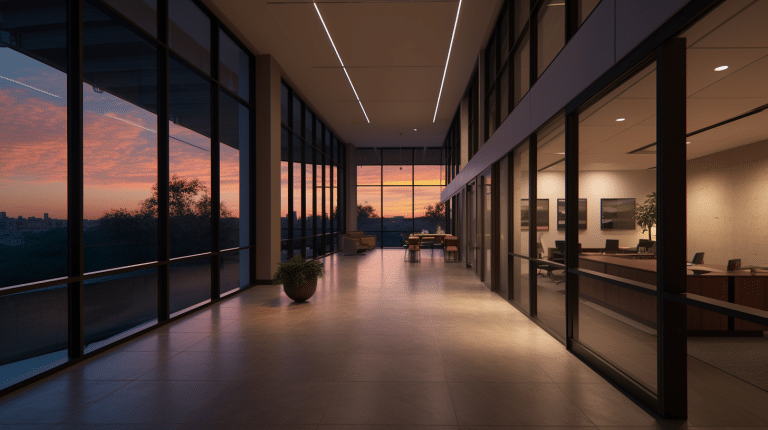I wandered into an office downtown in Austin a while back. The vista of Lady Bird Lake was beautiful, but I was riveted by the incessant buzz in the fluorescent lights above. It was overly warm, the HVAC systems struggled to keep up and the monthly utility bill, so said the facility manager, was nearly twice what he’d budgeted.
That moment stuck with me because it was a reminder that so much of the energy efficiency conversation is not around fancy technology, just getting right some basic and take-for-granted-to-our-detriment practices that wind up ensuring commercial buildings perform better.
For owners of buildings, particularly in a fast-growing place like Austin, the reality is stark. It’s expensive to operate a commercial building, and a big part of that is energy. Every light kept on after hours, every poorly insulated wall and every outdated piece of equipment silently adds up to eating away at profitability. The fact is, most buildings can achieve substantial reductions in energy consumption without sacrificing comfort.
This is where knowledge comes in. Collaborating with an electrician is one of the most intelligent things you can do as an organization if your goal is to begin practicing energy efficiency. Not only do they deliver safe system installations, but they also know how to coordinate upgrades with Austin building codes and local incentives.
Why Austin Commercial Energy Efficiency Is Critical
If you just crunch the numbers, the story is clear. According to the U.S. Energy Information Administration, commercial buildings use an estimated 35 percent of the nation’s electricity. That’s a huge portion of the total energy consumed, and it’s increasing as our cities grow.
The summer heat in Austin alone can stress the most robust HVAC systems. Inadequate insulation or inefficient lighting can transform a perfectly normal work day into an expensive waste of electricity. With the prevalence of increasing energy prices and environmental goals, owners are being pressured to find cost-effective ways to bring innovative financing options for their energy efficiency projects while meeting tenant expectations.
I’ve seen a retail store on South Congress reduce its energy use by 20 percent after upgrading to LED lighting and sealing up air leaks in its building. It wasn’t the sexiest upgrade, the manager said, but it worked immediately. Cheaper bills, customers who felt more comfortable shopping and lingered longer. That is the quiet value that energy-efficient buildings deliver.
Best Ways to Ensure Energy-Efficiency in Austin Commercial Buildings
Upgrade to Smart Lighting Systems
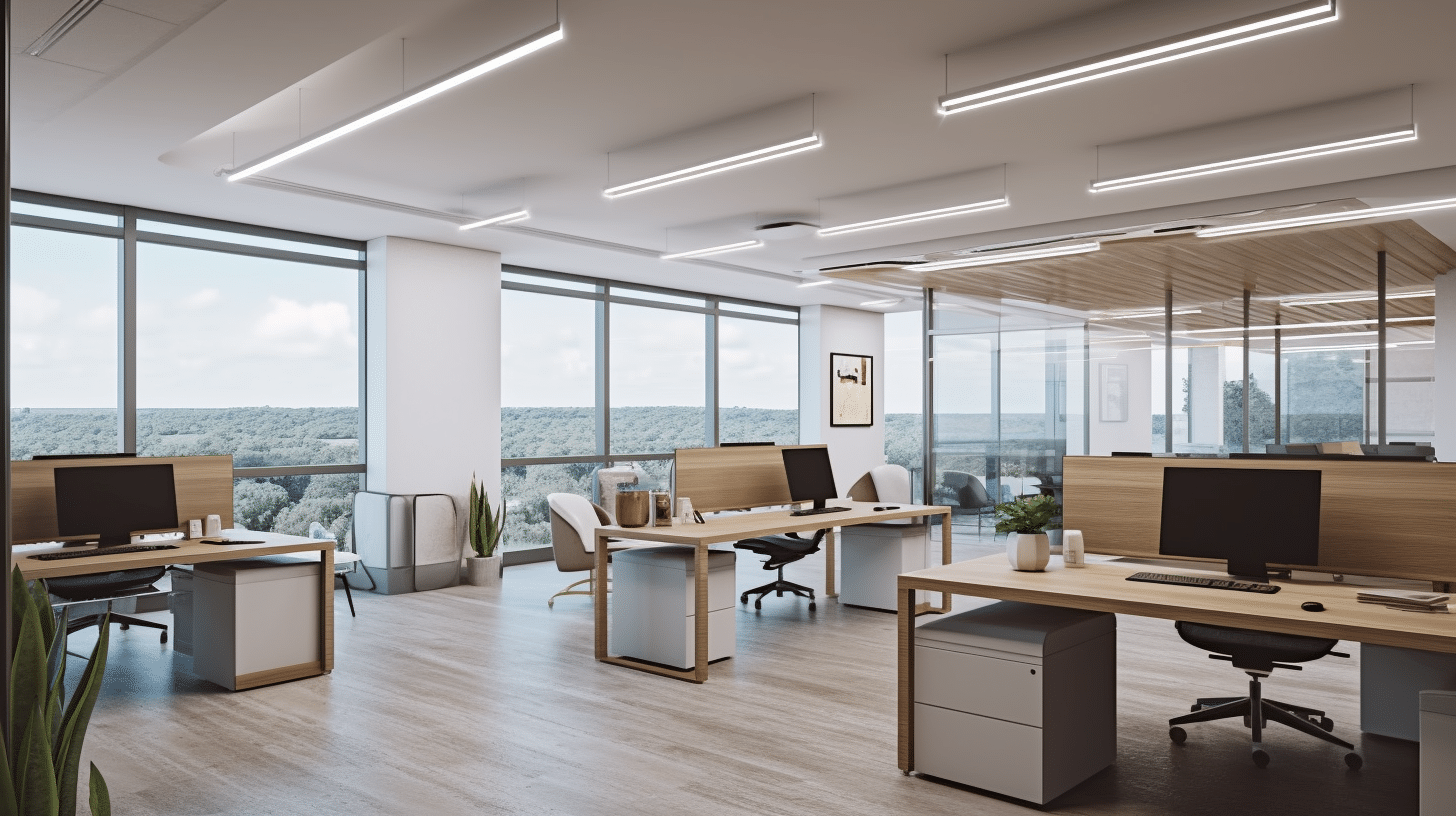
A building’s lights are, in most cases, one of the hungriest consumers of electricity. Upgrading from outdated fluorescent or halogen bulbs to LED is a start. Beyond that, motion sensors, daylight harvesting and smart controls are used to cut back on energy use in businesses when the space isn’t being used.
The United States Department of Energy says LEDs can reduce energy used for lighting by 75 percent compared with incandescent bulbs. For a medium-size Austin office, that can mean thousands of dollars in annual energy savings.
A complementary study by Lawrence Berkeley National Laboratory found that integrating automated shading with lighting controls in daylight-affected zones reduced lighting energy by up to 30%, while also easing cooling load, underscoring how lighting and envelope or shading work together to reduce overall energy consumption.
Optimize HVAC Systems
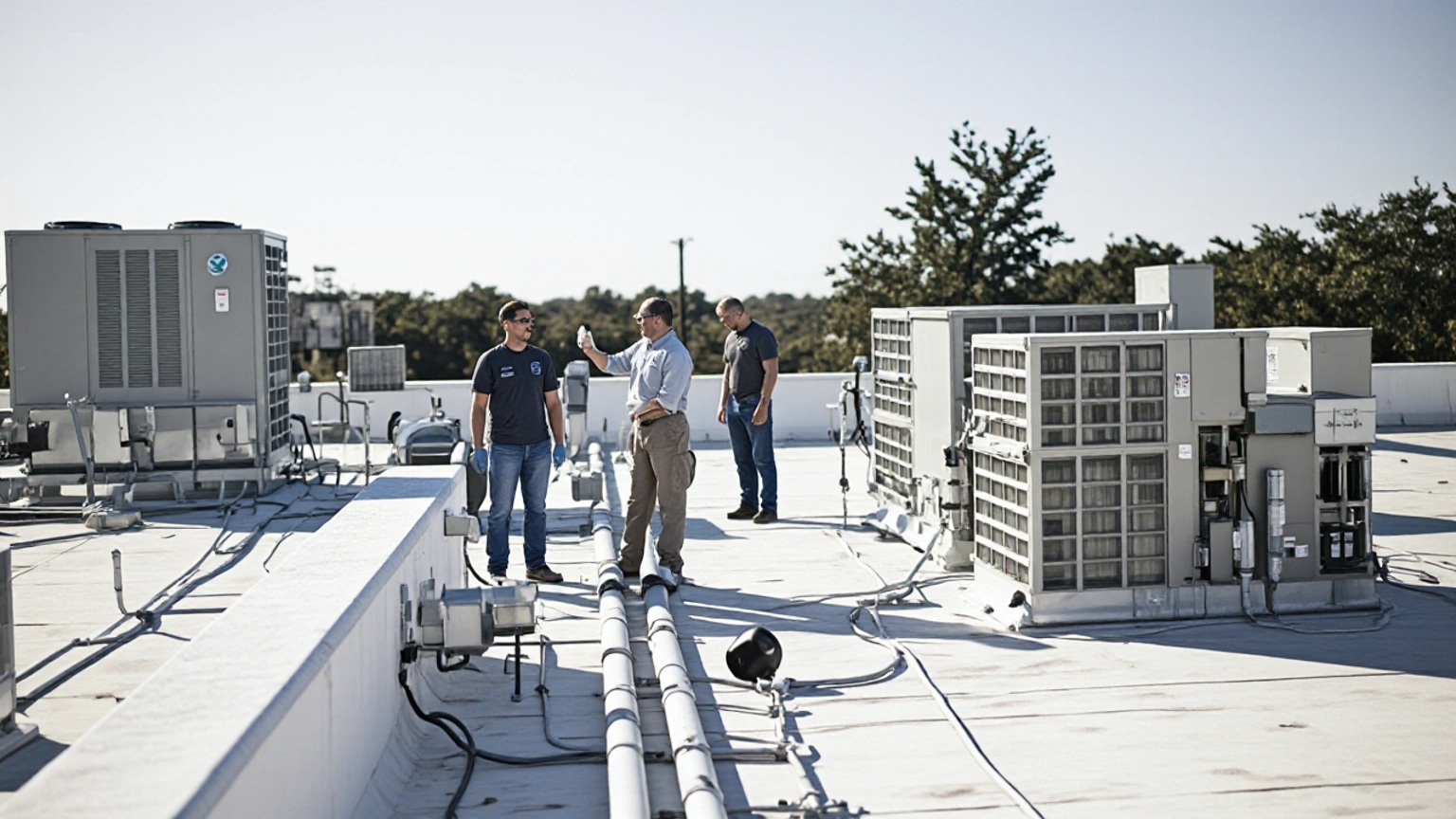
Few updates offer a better return than maximizing HVAC systems, as evidenced by the Carl T. Hayden Veterans Affairs Medical Center renovation project documented by the U.S. Department of Energy, which achieved over 25% energy savingsthrough HVAC upgrades, control strategies, and other efficiency measures.
In addition, preventive maintenance, smart thermostats and zoned cooling are not only used to increase energy efficiency, but they also add years of life to equipment. I recall touring a warehouse in East Austin where an HVAC retrofit cut summer energy input requirements so vividly that workers said the air felt “lighter.”
These systems don’t just cool or heat a building, but impact air quality and productivity. For facility managers and property owners, improving HVAC performance is one of the most important steps you can take to implement energy strategies with meaning.
Strengthen the Building Envelope
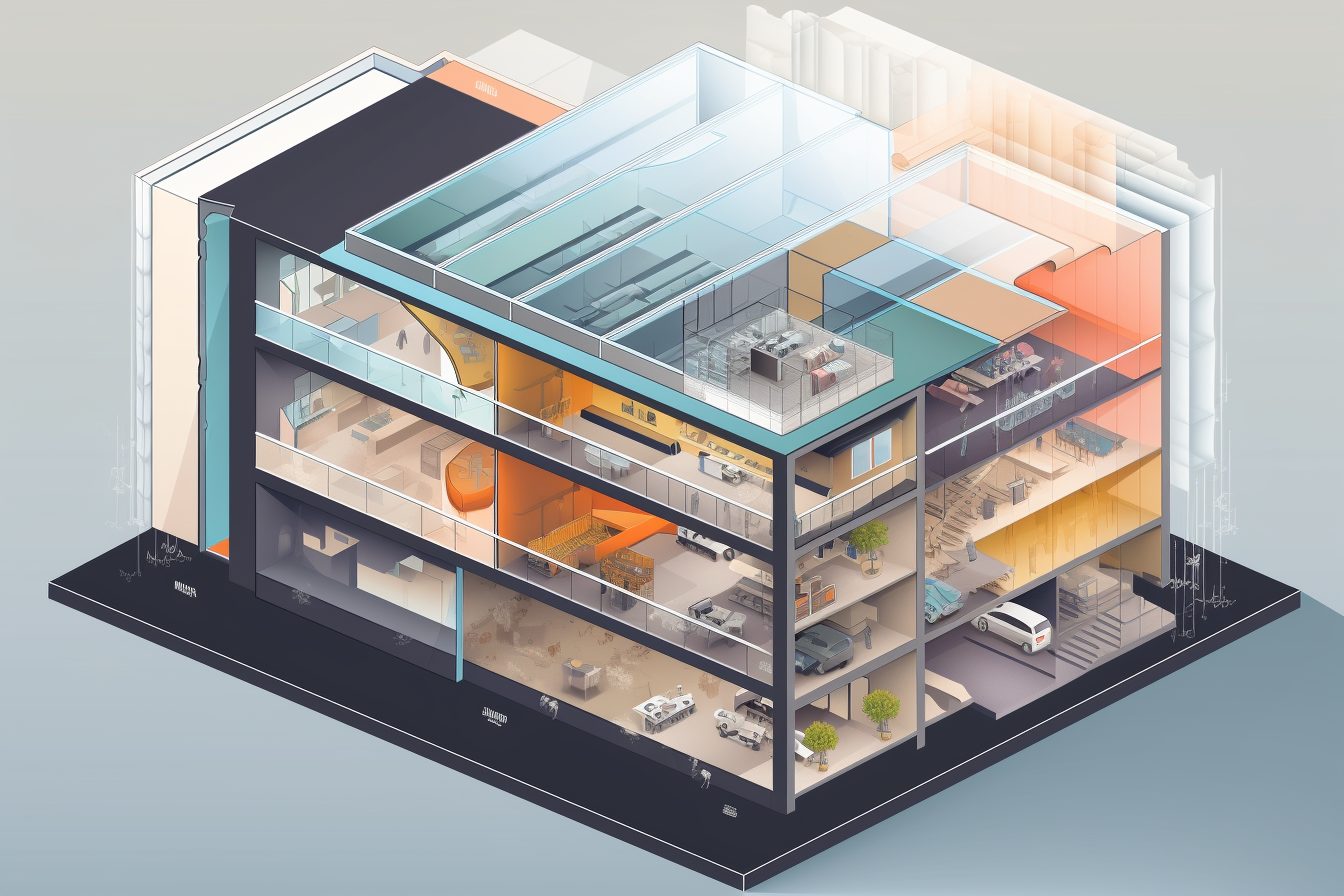
In Austin’s volatile climatic conditions, the building envelope is a make-or-break proposition as to whether you will meet energy efficiency goals. Air leaking through walls, windows and roofing systems can force HVAC systems to work harder. Insulating, replacing windows, and air sealing are simple measures to limit energy usage as well as increase comfort.
This is one area where relatively small investments can provide great, very noticeable energy gains. One local office complex was able to realize nearly 15 percent in energy savings with a relatively small investment in insulation upgrades.
Invest in Energy-Efficient Equipment

From restaurant refrigerators to data center servers, old equipment quietly takes an enormous toll on resources. Energy efficiency improvements may include the replacement of appliances with high energy demand by uses that require less energy, and ENERGY STAR devices required to be rated in a manner that meets general requirements for equipment. Yes, the upfront expense is steeper, but lifecycle costs usually tip in favor of efficiency.
At one Austin-area café, the owner said transitioning to new gear had been a painful financial change. Six months later, however, he was already reaping the benefits in lower monthly energy costs.
Explore Renewable Energy Integration
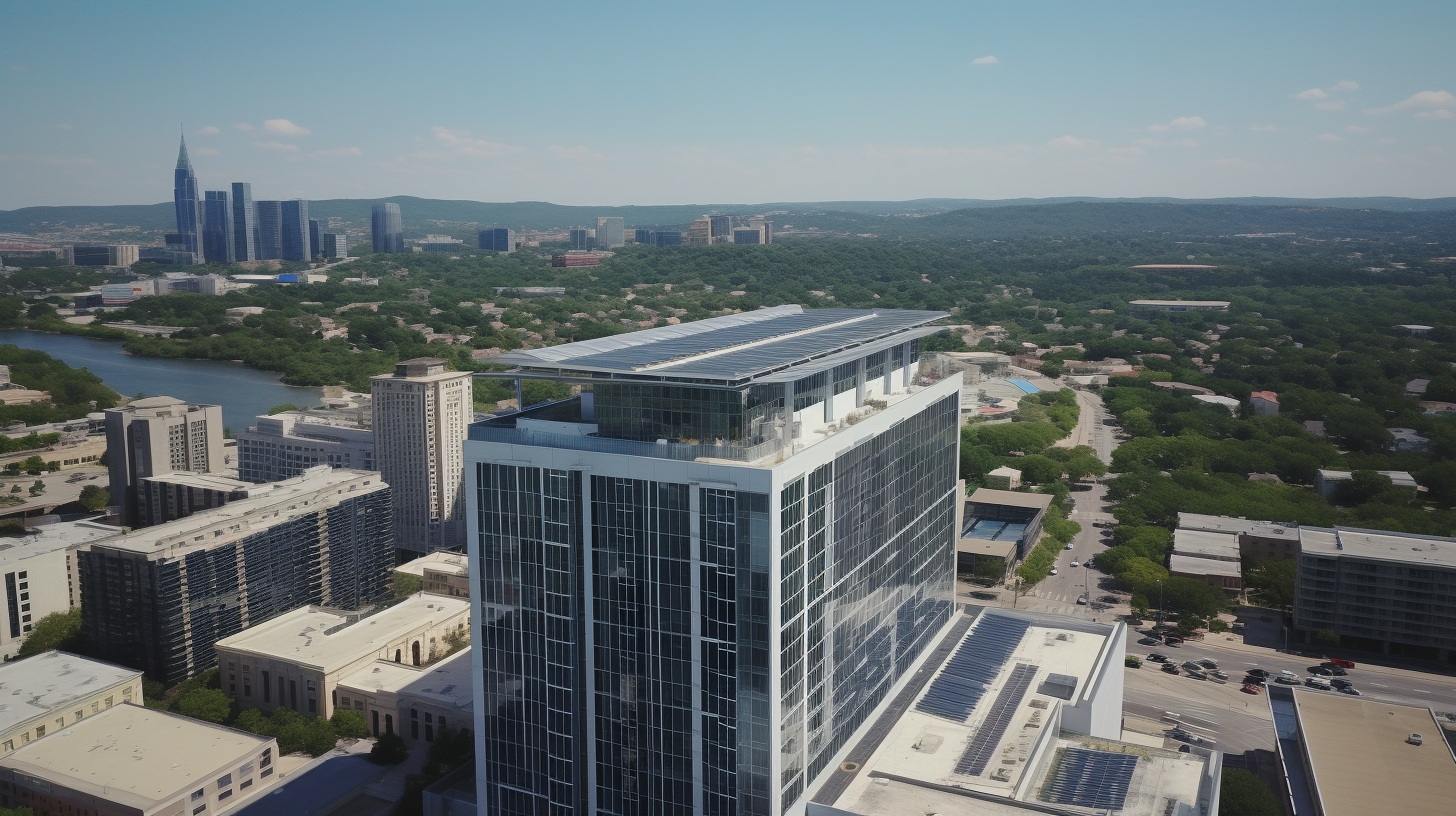
Austin is a pro-solar city as well, with incentive programs in place to facilitate adoption. Rooftop solar panels or other renewable energy systems help building owners diversify the sources of power feeding into their buildings, reduce what they draw from the grid and construct resilience that is long-term.
Not every commercial roof has the space or budget for solar, but the wave of energy-efficient buildings powered by renewable sources is only getting bigger.
Measuring and Managing Energy Performance
It’s one thing to claim you aim to save energy, and another to measure. That’s where tools and energy audits enter the picture: When a building owner does an audit, it is to develop a base-line knowledge for where there are inefficiencies. From there, benchmarking tools such as the E.P.A.’s ENERGY STAR Portfolio Manager can be used to track improvement.
Research demonstrates that companies benchmarking often realize between 2 to 3 percent in annual energy savings. Not much from the get-go, perhaps, but over time, the payoffs are significant.
Professional Expertise Makes the Difference
I frequently tell clients technology is no panacea. Expertise matters.
A good energy consultant is going to be able to tell you where the quickest return on investment in your equipment lies. At the same time, working with an experienced commercial electrician in Austin helps to implement those solutions in a way that is sound and safe for your business, while also following local rules and regulations.
This professional support helps building owners avoid pitfalls such as sinking money into systems that aren’t properly sized or missing out on rebates and tax incentives.
Overcoming Common Challenges

Every project faces roadblocks. Costs incurred at the outset are most likely to be an issue, not all tenants like the idea of a temporary interruption. That gets tricky in multi-tenant commercial buildings.
The solution is typically phased planning. Some go through lighting, then HVAC, and later question renewable energy. Others are looking at financing or performance contracts to cover costs. The trick is to keep pushing forward, albeit at a measured pace, for waiting virtually always more than cancels out whatever you are losing through wasted energy input and lost opportunities to conserve that energy.
Local Success Stories
Austin is chock full of examples in business that have caught on to being energy efficient and have cashed in.
At one midsized downtown office, that involved outfitting its space with new lighting and sealing up its envelope, it says it cut 25 percent of the energy that has been used in a year’s time. Another retail building, this one reported lower energy use as well as happier tenants, with fewer complaints about how the building felt.
These are not abstract ideas. They are not theoretical, but real-world examples that demonstrate that efficient use of energy can pay off.
Trends in Commercial Energy Efficiency

The future of commercial Austin buildings is changing rapidly. Now that energy management platforms are AI-enabled, they are able to monitor real-time energy performance and adjust settings automatically to ensure energy isn’t wasted. Smart grids and demand response programs are taking off throughout Texas, providing building owners an economic incentive for curbing their demand at key points during the day.
Similarly, the proliferation of EV charging stations at commercial buildings is an example of the convergence of transportation and building systems. The addition of these new layers of complexity only makes professional guidance that much more vital.
Conclusion
But at the end of the day, to make headway with energy efficiency in Austin’s commercial real estate market, it can’t just be about staying competitive or checking a sustainability box. It is not about running better businesses, protecting tenants or future-proofing investments.
Whether from lighting, heating and cooling systems or renewables the potential for energy savings is evident. Step by step, every one of those benefits compounds on top of the previous, and your monthly bills go down even further, your comfort gets better (and stronger in the marketplace).
For building owners, the way forward isn’t to do everything at once but simply to begin somewhere. Even small adjustments matter. And at long last, with the proper knowledge, particularly from local professionals, Austin can remain a leader in buildings that keep out waste while doing good for business and communities and the environment.


